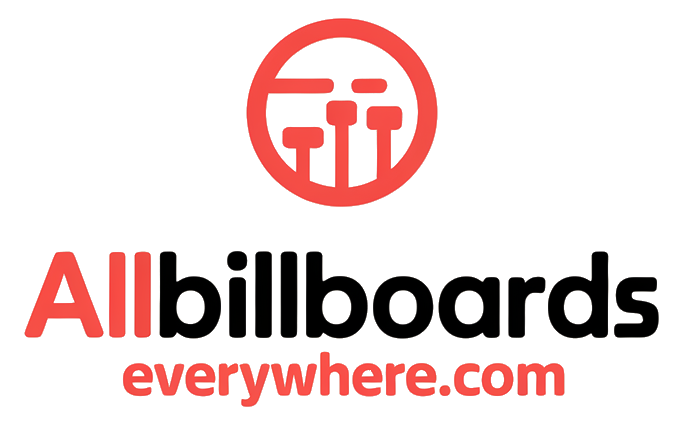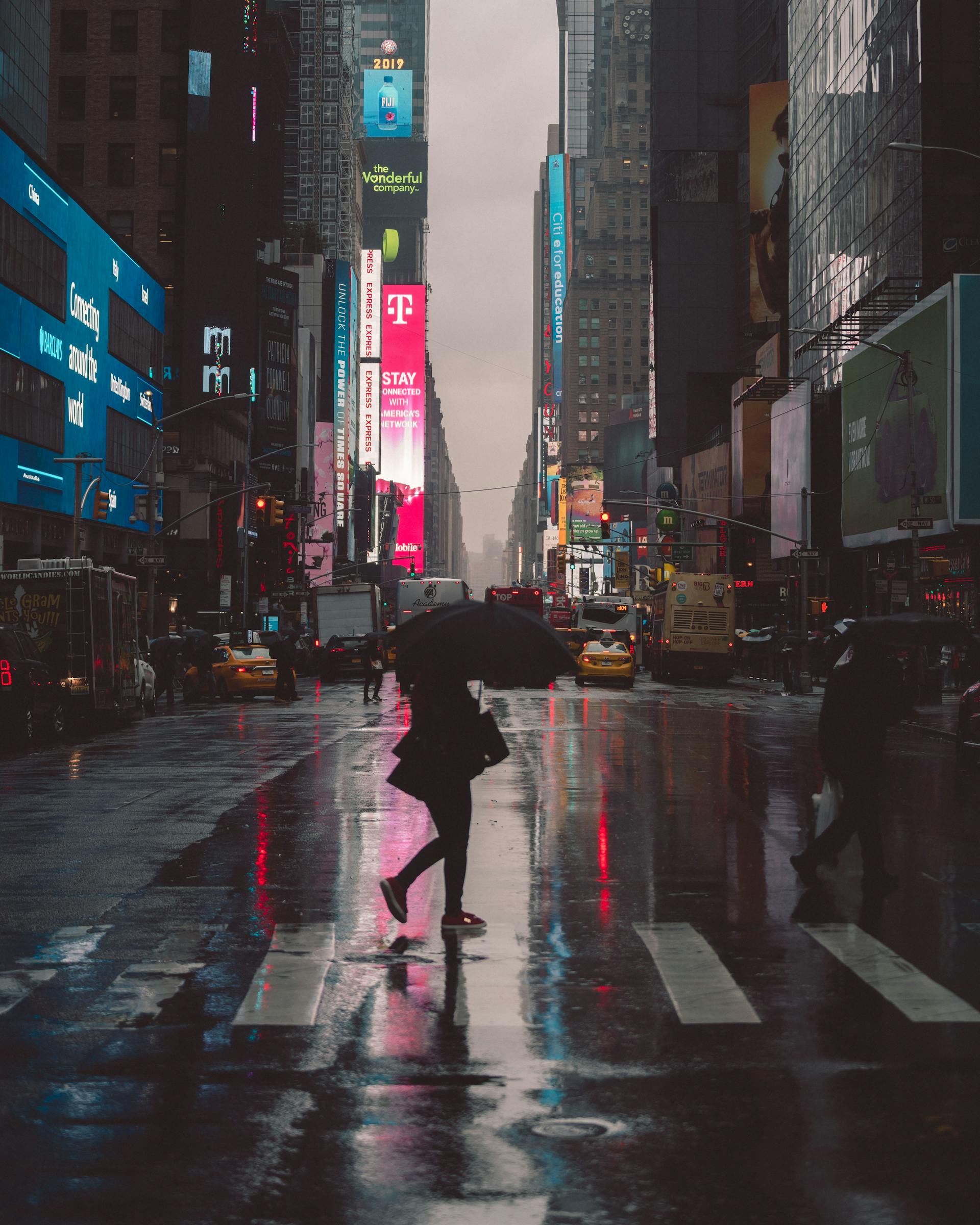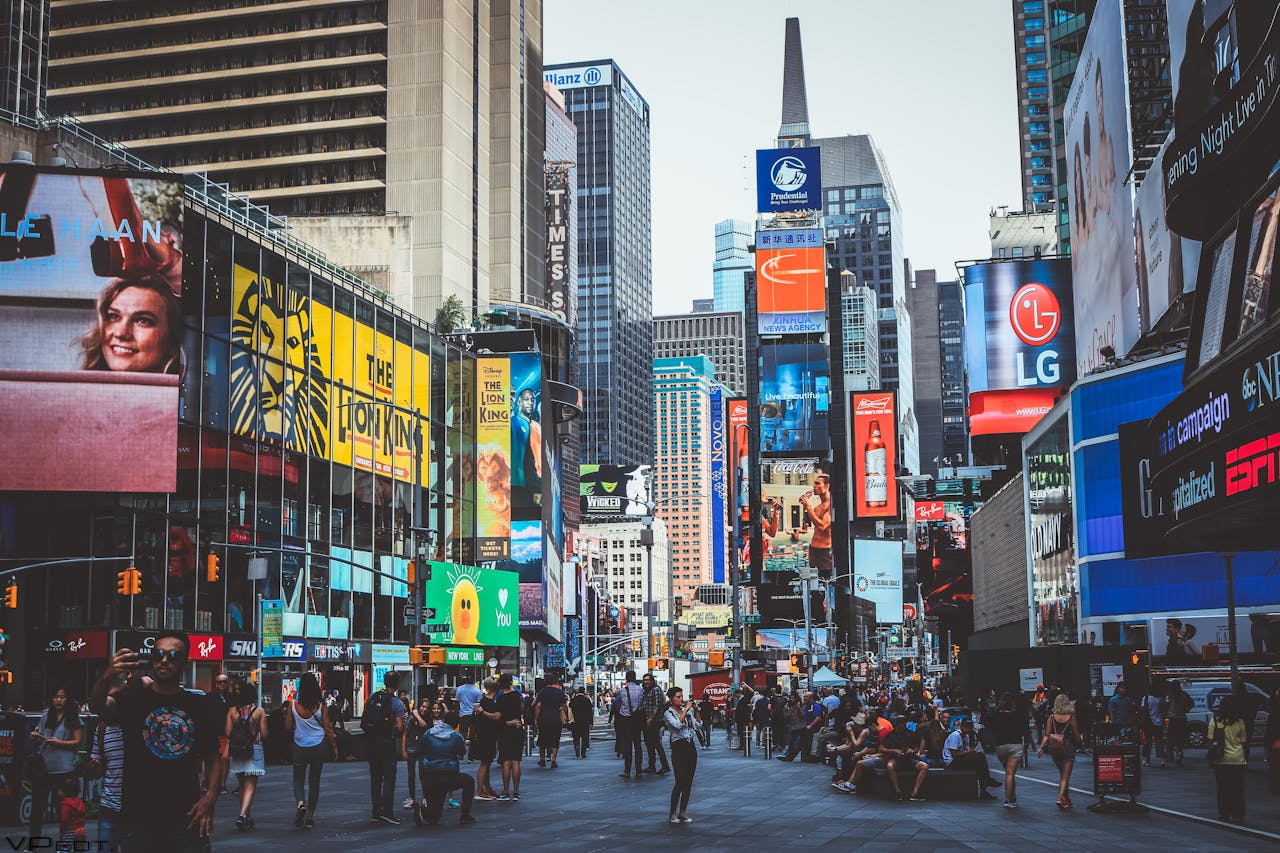Few forms of advertising have remained as visible and persistent as the billboard. Towering above highways, city streets, and storefronts, billboards have long served as a staple in the marketer’s toolkit. But like the world around them, billboards have evolved—dramatically. What began as hand-painted signs promoting products like Coca-Cola or local hardware stores has transformed into a dynamic, data-driven medium that now flashes real-time information to passing traffic.
The journey from static posters to digital displays reflects broader shifts in technology, consumer behavior, and marketing strategy. And understanding that journey offers valuable insight into where outdoor advertising is headed next.
The Early Days: Artistry Meets Advertising
The origins of outdoor billboards date back to the 1830s, when large posters began appearing in public spaces to promote circuses, theatrical performances, and political campaigns. These early signs were often hand-painted and attached to buildings or wooden boards, relying on eye-catching visuals and bold type to grab attention.
By the early 20th century, billboard advertising became more standardized. As automobiles gained popularity, so did roadside signs. Companies like Burma-Shave became legendary for placing sequential signs along highways, turning the journey itself into part of the ad experience.
These signs were inherently static—what you saw is what you got. Designs had to be legible from a distance, bold in color, and simple in message. Creativity mattered, but so did clarity. If a driver couldn’t understand the ad in five seconds or less, the opportunity was lost.
The Golden Age of Static Billboards
From the 1950s through the 1980s, billboards enjoyed what many consider their golden age. Road trips were popular, suburban expansion was booming, and the American car culture made highways prime real estate for advertisers.
This era saw the rise of large-format boards, often 14-by-48 feet or larger, positioned along major traffic routes. National brands used billboards to reinforce television and print campaigns. McDonald’s golden arches, Marlboro’s rugged cowboys, and Coca-Cola’s vibrant slogans became larger-than-life icons towering above the roads.
Still, these were printed and installed manually—a labor-intensive process that involved vinyl sheets, scaffolding, and bucket trucks. Once an ad went up, it stayed there for weeks or even months. Flexibility was limited, and the only way to update content was to physically change the board.
The First Signs of Change: Backlit and Rotating Billboards
As technology advanced, so did billboard innovation. The late 20th century introduced tri-vision billboards—three-sided rotating panels that could show multiple ads in one space. These mechanical signs allowed advertisers to share placement and reduce costs while adding a bit of movement to catch the eye.
Around the same time, backlit billboards emerged, particularly in urban areas. These illuminated signs extended visibility into the night, offering 24/7 exposure and opening new creative possibilities.
But the real revolution came with the digital age.
The Digital Boom: A New Era for Outdoor Ads
The early 2000s marked the arrival of digital billboards—large LED screens capable of displaying full-color, high-resolution images that could change instantly. Unlike their static predecessors, digital billboards allowed advertisers to:
- Rotate multiple messages throughout the day
- Target specific time slots (e.g., morning commute vs. evening drive)
- Update creative in real time without manual labor
- Incorporate animations and motion for added impact
Suddenly, outdoor advertising wasn’t just about visibility—it was about flexibility and relevance.
Brands could run a breakfast promotion in the morning, switch to a lunch offer at noon, and share a live sports score by evening. Emergency alerts, weather updates, and community messages could also be displayed dynamically, making billboards more than just marketing tools—they became information hubs.
Digital out-of-home (DOOH) advertising exploded in popularity. According to the Outdoor Advertising Association of America (OAAA), DOOH now accounts for over 30% of total billboard revenue in many markets—and that number is growing fast.
The Power of Data and Targeting
One of the most game-changing aspects of digital billboards is their integration with real-time data.
With the help of geolocation, mobile tracking, and programmatic ad buying, advertisers can now tailor content based on who is nearby. A billboard outside a stadium might show fan gear on game day. A board near a theater district could promote a specific show in the evening.
Some systems can even adjust based on weather, traffic, or local news. For example:
- Displaying hot drink ads on cold mornings
- Showing alternate routes during heavy traffic
- Advertising umbrellas during sudden rainstorms
These capabilities bring personalization to the public space, creating more meaningful connections with consumers—without ever invading their privacy.
Challenges and Considerations
While digital billboards offer clear advantages, they also come with challenges. Critics have raised concerns about visual pollution and the potential distraction to drivers, prompting regulations in many cities. In some cases, brightness levels, animation length, and rotation speed are strictly controlled.
There’s also the matter of cost. Digital billboards can be expensive to install and maintain. But for many brands, the ROI—especially when combined with targeting and analytics—is well worth it.
Meanwhile, static billboards haven’t disappeared. They still play a vital role in outdoor media, particularly in rural areas or where digital signage isn’t permitted. Their lower cost, long-term visibility, and creative potential (think 3D extensions or sculptural elements) make them a valuable complement to digital campaigns.
The Road Ahead: Interactive and Immersive Experiences
Looking forward, the next wave of billboard innovation may be even more immersive. Augmented reality, facial recognition, and interactive mobile integrations are already being tested in major cities. Picture a billboard that interacts with your phone as you walk by—or one that recognizes crowd demographics and changes its message accordingly.
As 5G and smart city infrastructure expand, billboards could become more than advertisements—they could be part of the digital landscape, offering entertainment, utility, and connectivity.
Final Thoughts
The billboard has come a long way from its humble, hand-painted roots. Today’s outdoor advertising is dynamic, data-driven, and increasingly digital. But at its core, the mission remains the same: capture attention, convey a message, and leave a lasting impression.
Whether printed on vinyl or glowing on an LED screen, a great billboard still relies on the fundamentals—bold visuals, concise messaging, and strategic placement. The tools may change, but the art of grabbing attention in a busy world is timeless.


